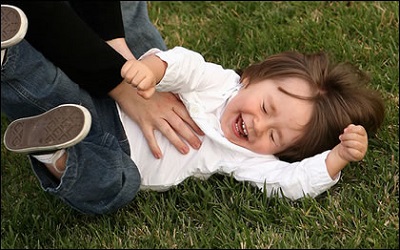随着PTE考生对PTE口语和PTE听力的重视,大家口语和听力的分数得到极大提高,但是PTE阅读渐渐成为考生们新的难题。
墨尔本悉尼文波PTE特别为PTE考生们挑选了适合练习PTE阅读的文章,主题,内容,长度都与PTE阅读题中的文章相似。激活学过的词汇,更新新的词汇,提高阅读速度,全面提升自己的阅读能力。
As with so many other complex human behaviours, our animal cousins can help us understand what tickling is all about.
There are two types of tickling, and they both have great names: knismesis and gargalesis.
Knismesis is a primitive response, a slightly irritating sensation triggered by a light movement across the skin, and it is widespread. “I would think that lizards, insects and virtually all beings have some sort of behaviour that has to do with defence of the body’s surface,” says Provine. Animals need to defend their bodies against biting insects and parasites, whether that means a quick scratch or a flicked ear, and knismesis describes such a response.
Gargalesis, on the other hand, is a singularly mammalian phenomenon. It is a harder tickle that results in laughter and is linked with play – a distinguishing feature of mammals.
At a basic level, tickle is a sensation involving nerve fibres associated with both touch and pain. But there is more to it than that. “Laughter-associated tickle might best be considered a social behaviour rather than a reflex,” writes dermatologist Samuel T Selden in a 2004 review of the subject. Somewhere in evolutionary history, tickling became funny.
tickle: vt. 使发痒;使高兴// n. 痒感
primitive: adj. 原始的, 早期的
irritating: adj. 气人的
parasite: n. 寄生虫
flicked: adj. 轻打的
mammalian: adj.哺乳动物的
reflex: n. 反应能力;反射作用
dermatologist: n. 皮肤病学家





